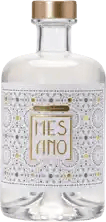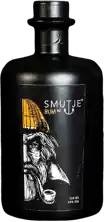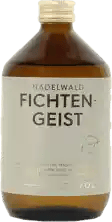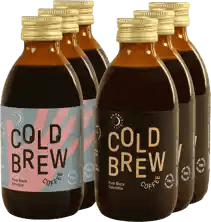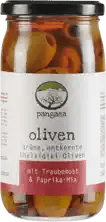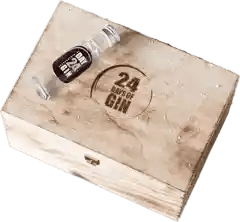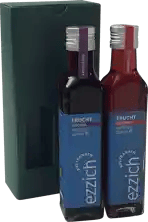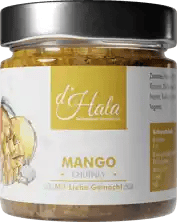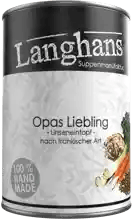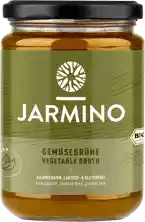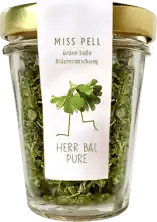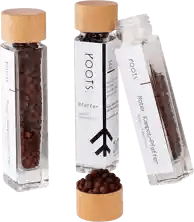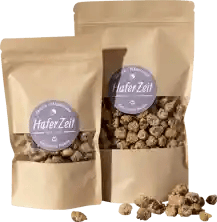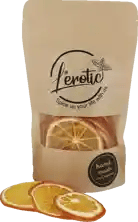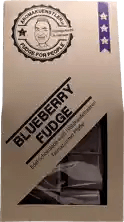More information about Fortaleza Tequila Reposado
The Reposado of Fortaleza! Fortaleza is made by one of the great family names in the history of tequila. Fortaleza is one of the few traditionally made tequilas still using the Tahona process to grind the agaves after roasting.
Currently, there are few producers left on the market that do this (credibly and transparently documented). However, many are blends of Tahona and machine-ground agave, as the time and labor required to produce them is extremely high. The result of the production process means that each numbered bottle is unique.
Aromas and flavors
Aromas of citrus, caramel, butter, cooked agave and sage are the beginning of a pleasantly balanced and very unique taste experience. Fortaleza Reposado has its own distinctive character and is not like any other tequila.
Flavors include cooked agave, citrus, vanilla, apple, earth and cinnamon. The finish is long and rich, delicately spicy and has an oily texture that makes it a delight to drink.
The Facts:
- Agave: Lowland, Jalisco, Mexico.
- Cooking method: Stone/brick oven
- Crushing method: 100% Tahona
- Distillation: Double distilled
- Pot method: Copper
- Fermentation: Outdoor wooden tanks
- Sugar: 100% agave
- Water Source: Natural source
- Fortaleza's Reposado are aged for different lengths of time. From 2 to 7 months (depending on the batch number).
- Bottles: Mouth blown in Mexico
| Barrel aged: | YES |
| Location: | Tequila |
| Country: | Germany |
| Contents: | 0,7 Liter |
| Smell: | Citrus, caramel, butter |
| Manufacturer: | Tequila Fortaleza |
| Drink type: | Spirit |
| Food companies: | Barrel Brothers GmbH, Kellerstrasse 43, 81667 Munich, Germany |
Tequila Fortaleza
Tequila Fortaleza began production in 2005. We may be a relatively young company - but have over 140 years of history behind our brand. Our great-great-grandfather Don Cenobio founded his first distillery - La Perseverancia - in Tequila, Jalisco in 1873. Don Cenobio was not only the first person to export "Mezcal de Tequila" to the U.S., shortening the name to just Tequila and introducing the use of steam to cook the agave (instead of an earthen pit). It was also he who determined that blue agave was the best agave for tequila production. What follows is a success story closely linked to the evolution of tequila itself. A few generations later, Don Cenobio's grandson, who incidentally ensured that tequila was a protected beverage that could only be produced in Mexico, bought a piece of land on the highest point of the city - and built a small distillery there, which he christened La...
Read more




















